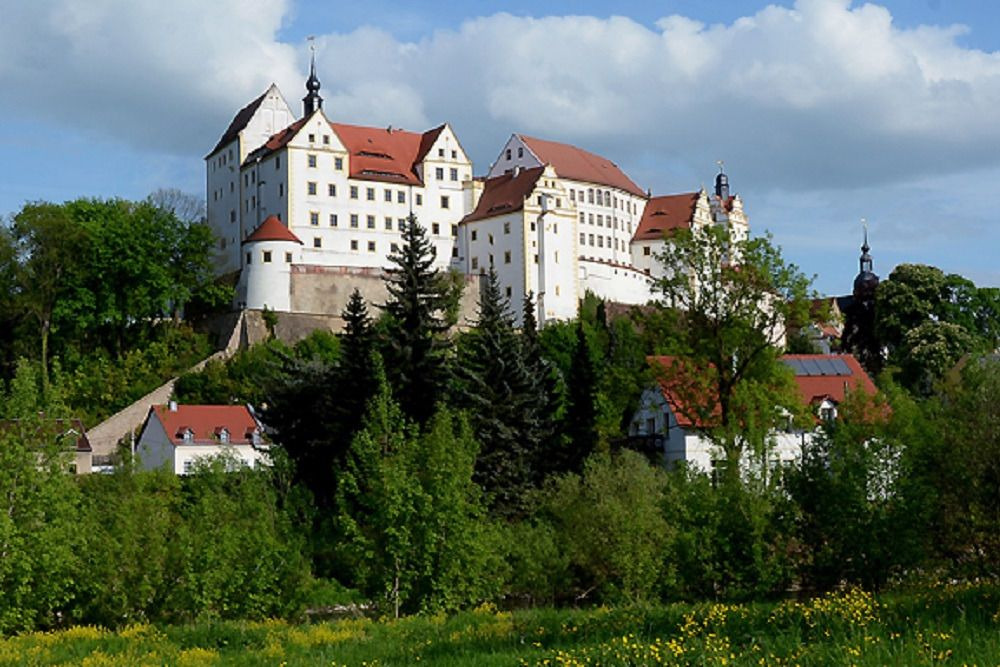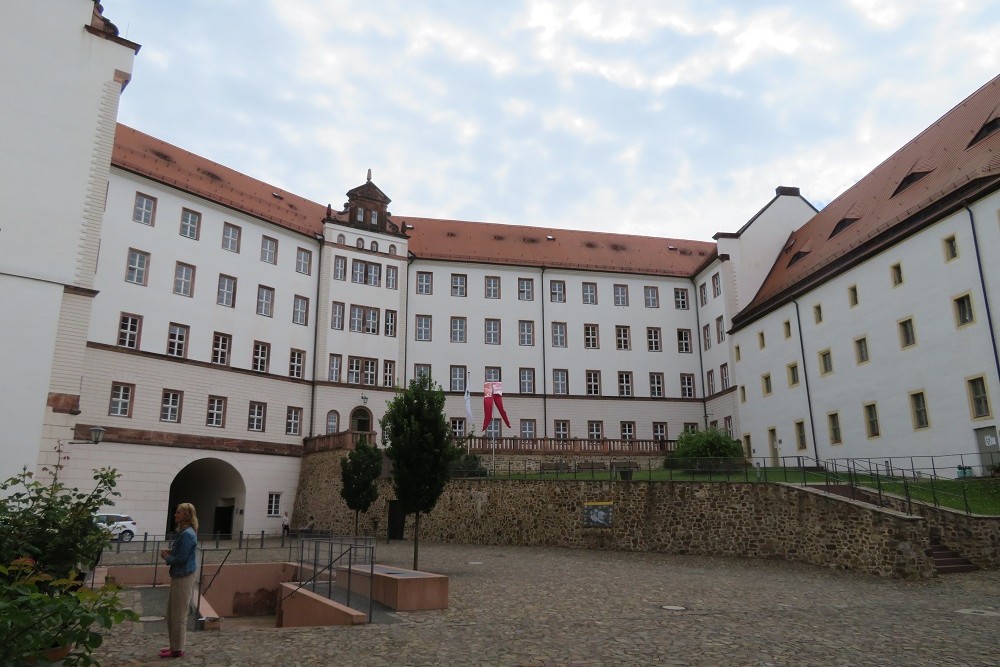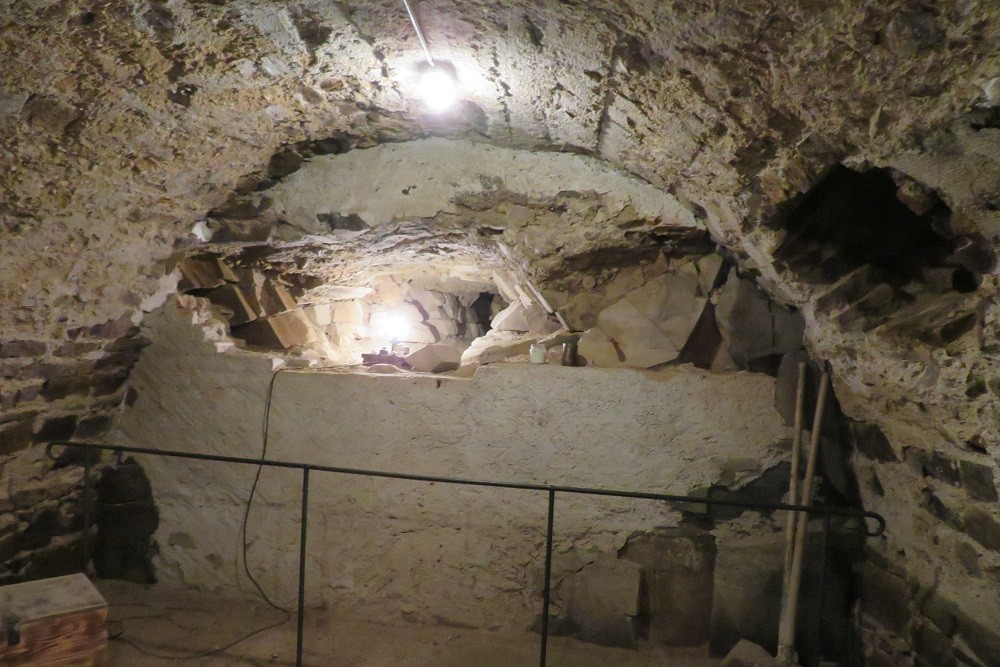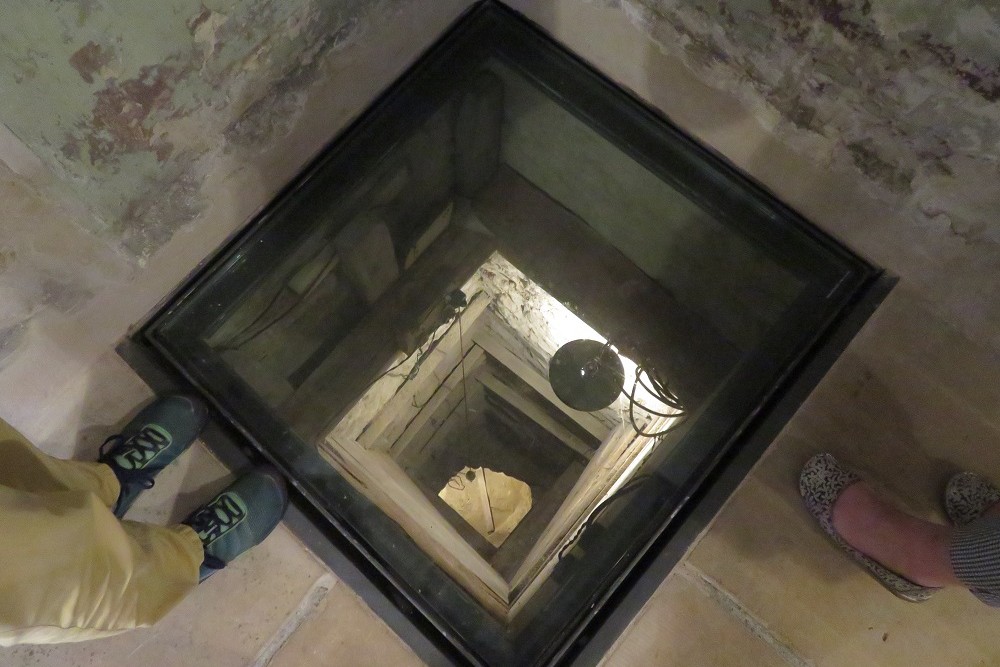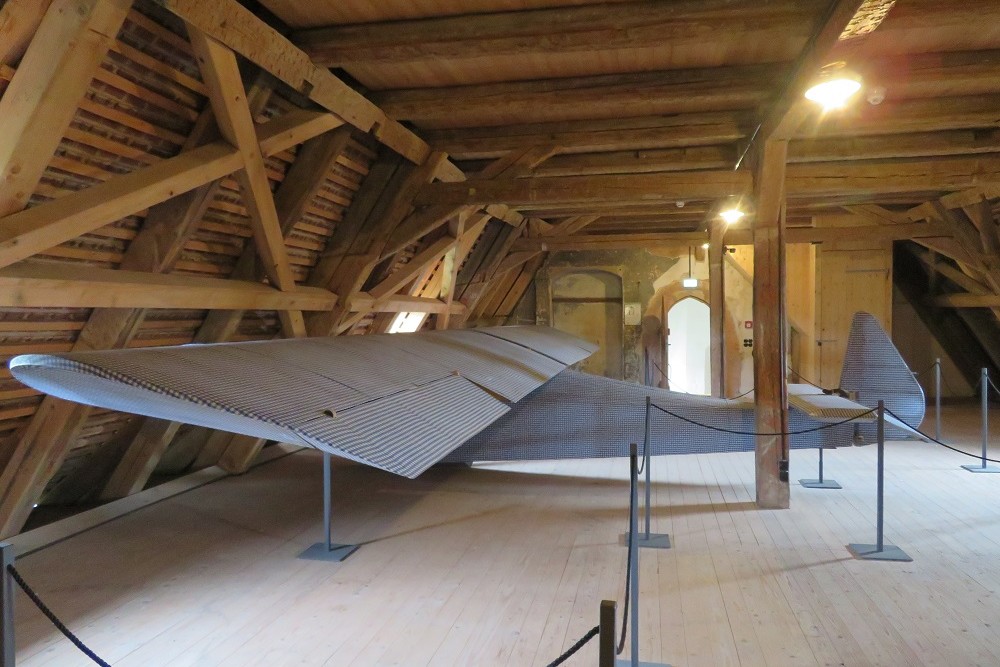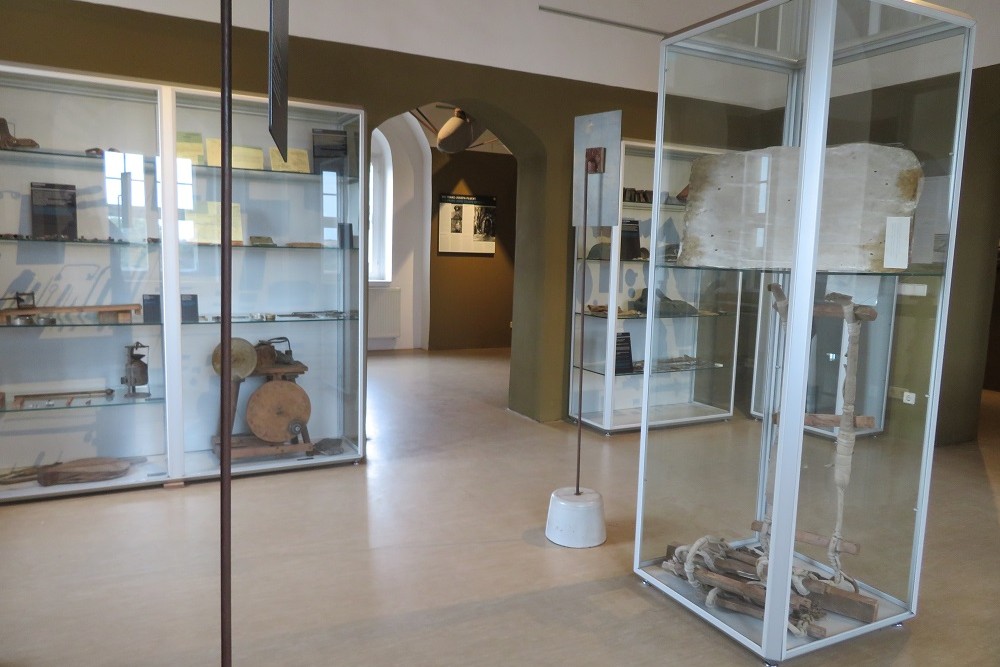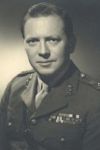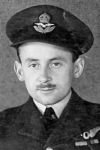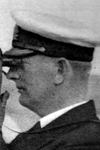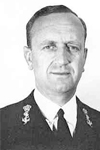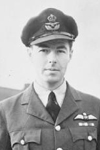Museum Schloss Colditz (Oflag IV-C)
Museum Schloss Colditz (Oflag IV-C)
Introduction
Located about 45 km south of Leipzig, in former East Germany, in the "Zwickauer Mulde" valley lies the sleepy town of Colditz. World famous for its impressive fortress on top of a hill, which served as a prison for Allied officers during World War II. Several films, TV series and books have reported on the countless, often spectacular, escape attempts.
History:
Once intended as a hunting lodge by Augustus the Great, the castle was then used, among other things, as a (psychiatric) hospital. In 1939, the Nazis saw the strategically located castle on top of the hill as a perfect place as a prison for high-ranking foreign officers. When the war broke out it was not long before the first Polish officers were imprisoned here, followed by other Allied officers.
Thanks to the location of the castle, on the rocky hill on the river bank, and the thick and high walls of the castle, it was almost impossible to escape from the castle, according to the Nazi leadership. It also didn't take long before the ultra-high security building, now called "Oflag IVc", was equipped for the most flight-threatening prisoners of war. Many prisoners had already been held elsewhere and were transferred to the castle after a failed escape.
Escapes
Despite the freedom the prisoners were given here and the correct treatment, hundreds of escape attempts were made. Sometimes laughable like the time men were hoisted into women's clothing and bed sheets tied together were dropped from the window. Dolls were made, uniforms sewn together and various dressing ups followed.
But also very spectacular escape attempts followed, which sometimes involved months of preparation; for example, a glider was built in the attic of the castle to fly from the roof into freedom. Another was a gigantic tunnel that was unfortunately discovered by the Germans.
Despite special officers tasked with coordinating the various attempts, most breakout attempts failed for a variety of reasons. Several times, the prisoners were only caught when they wanted to cross the border into a neutral or unoccupied country. This was also because the remaining prisoners continued to create confusion among the guards.
Museum and fame
The Germans confiscated all items if an attempt to break out was thwarted. But the number of confiscated items became so much over the years that the camp commander set up a small museum of it. The basis of the museum that you can visit today. In addition to original objects and uniforms, you can buy the books and films made and written about Colditz and his escapes that made the castle known worldwide.
You can also take a tour of the castle to learn more about the castle and its inhabitants at the time. Finally, a youth hostel has been established there for a few years.
For current visiting hours, please visit the website of the museum.
Do you have more information about this location? Inform us!
Source
- Text: Cheapskatetravel
- Photos: Museum Schloss Colditz (1), Wim Hilderson (2, 3, 4, 5, 6), Cheapskatetravel (7, 8)
